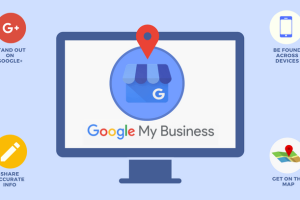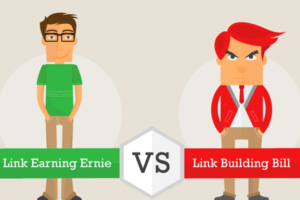Content Attributes
Pay-per-click or PPC advertising has become one of the most sought-after digital marketing services in recent years. This type of online promotion is preferred by many businesses as it gets quality results quickly. Also, as PPC advertising work on a pay-per-action basis, the ads will be shown to a wide audience and there will be a lot of free branding. Due to this, the visibility and impressions that PPC ads give are also very high.
So if you’re still wondering about what PPC ads are, these are the types of ads that show up in the results of search engines. In addition, we can separate such ads from organic results as they have an ad tag around them. The main reasons why PPC advertising is used is because it helps in increasing sales and leads as well as helps in brand promotion at the same time.
How can it do all these things at once?
One might be wondering how PPC ads can give all these benefits. Well, this is because unlike in many other ad forms, PPC ads are set up in a way that shows up to the most relevant users during the searches. As PPC ads are shown to only those individuals who search for related things and topics, this automatically makes them very effective. Now let us take a look at the basics that lie behind every PPC campaign.
Key parts of PPC advertising

Platforms
Search engines such as Google and Bing are the most popular platforms in which PPC ads are being run. Today, Google Ads stands out as the largest PPC advertising channel and it was started in October of 2000. Similarly, Microsoft is also another popular platform for PPC ads and one can use this platform to show ads on Yahoo and Microsoft networks.
Keywords
Keywords are often considered to be the key to the success of a PPC campaign. It is by setting up the keywords that the ads will be shown to relevant users during their searches. Therefore, it is a must that one should do proper planning and find out the keywords that are best for their business.
In addition, we can insert the keywords in various manners such as exact match, phrase match, broad match, and modified broad match. Similarly, we can even set the negative keywords which will help in making the ads more efficient and result-oriented.
Audiences
The great thing about defining the audience in PPC ads is the amount of freedom it offers. Advertisers can set or target the audience in any way they want. In addition, marketers can select and work on every detail and demographic of their desired customer base.
From people’s age, location, gender, interests, etc. each and every detail can be set. Similarly, the placements of PPC ads can also be managed. This feature makes PPC ads very effective and highly customizable.
Ad Copy

While creating PPC ads we have to set up various types of text expansions so that the ad holds as much information as it can. Generally, we can set up a text-based search ad by inserting two headlines, a description, and two paths. Similarly, advertisers can even run product listing promotions in which our products will also show up.
Display campaigns can also be run on a pay-per-action basis and this is usually popular in remarketing. In addition, we can create graphical content of various sizes according to our needs on where the ads are to be displayed on a website.
Ad Extensions
Extensions are one of the most impressive features in search PPC ads. Through the use of extensions, we can make the ads more attractive to look at. Moreover, extensions help in increasing the ad space and allow advertisers to include more information in their ads. Sitelink, location, call, app, and seller rating extensions can now be included, making extensions an unmissable part of PPC ads.
Bidding and Budgeting
This is the part where marketers really need to be smart and do some thorough research. This is because budgeting is the part that will have a big say in how cost-effective the ad is going to be. In PPC ads, bidding is done among competitors who run the ad in the same niche.
Therefore if one runs PPC campaigns in low bid amounts, their ads may not show up. Similarly, if the bid is set at very high rates, the ad’s ROI may not be efficient and it might even result in a loss.
Technical part
This part generally consists of analytics, tracking, and remarketing. By using tools like Google Analytics, we can know each and every tiny detail about the ad’s performance. Similarly, we can also use those data for future ads and also to better the present campaigns. Similarly, we can track the conversions and people who have taken actions and implement remarketing campaigns to convert them using PPC ads.
Therefore, you now know all there is about PPC advertisement and how it can be run. So make sure to implement PPC ads for your business and reap its benefits.



